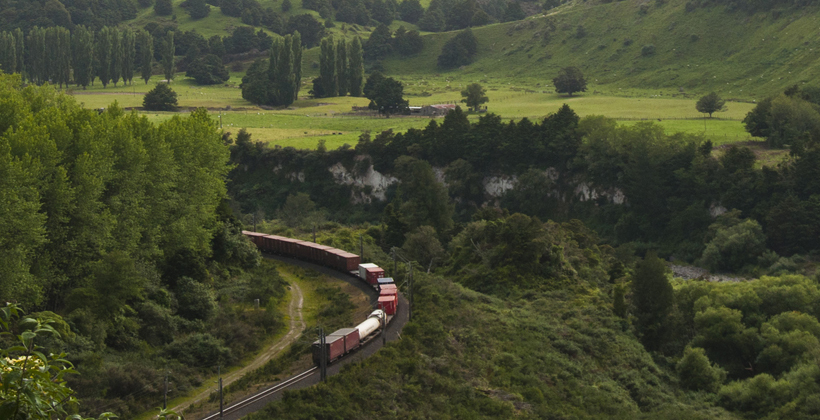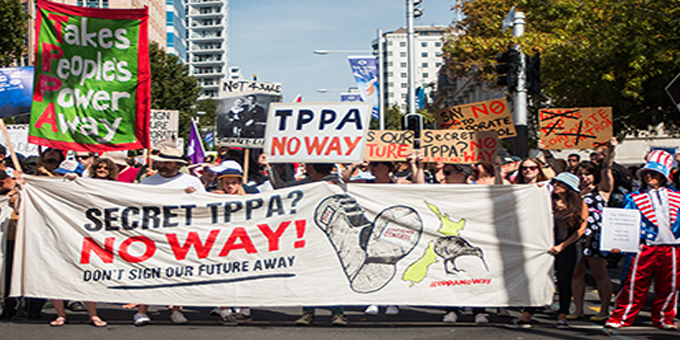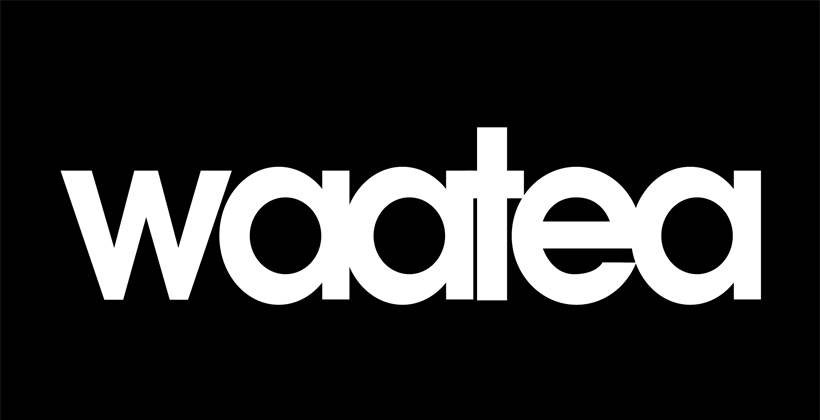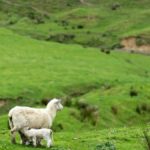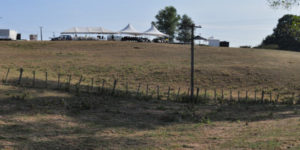August 30, 2023
More Māori farms identified

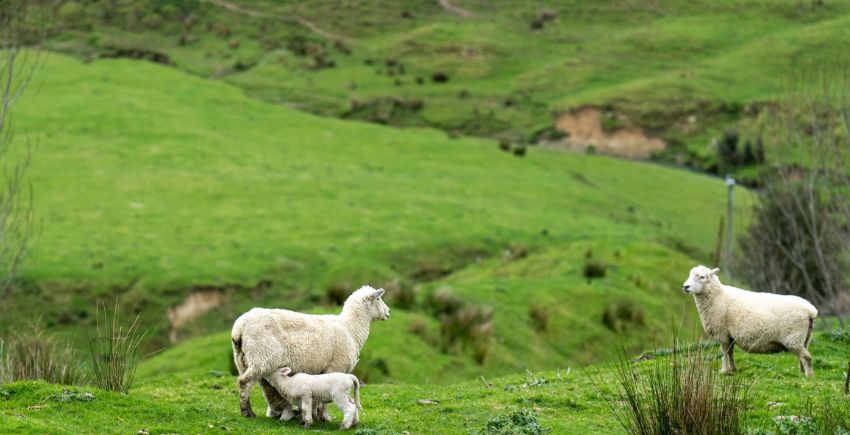
StatsNZ says the average size of Māori farms was almost three times larger than the average size of all farms in Aotearoa New Zealand.
Tatauranga umanga Māori manager Geraldine Duoba says 16 percent of all Māori farms being larger than 1,000 hectares, compared with 5 percent for all New Zealand farms.
Almost half of Māori farms are owned and operated by Māori authorities, and Māori farms also held more stock.
In 2022, Māori farms had, on average, just over double the stock of the average New Zealand farm, including:
• 3 times as many beef cattle
• 7 times as many sheep
• 5 times as many dairy cattle.
Some 85 percent of Māori farms were in the North Island.
Farm sizes were smaller in the Bay of Plenty, with 38 percent of them in kiwifruit.
Just over a third of Maori farms in Waikato farm dairy cattle, while in Northland, 48 percent farm beef cattle.
Māori farms in the Gisborne region alone accounted for 32 percent of sheep and 27 percent of beef cattle on all Māori farms.
Ms Douba says Māori farms used almost seven times as much land on average for forestry compared with the average of all farms in New Zealand.
The data in the 2022 Agricultural Production Census 2022 data is not directly comparable to previous releases because it included new questions that enabled respondents to state if they consider their farm to be a Māori farm and if the owner or owners have Māori whakapapa, leading to an increase in the number of Māori farms identified.

